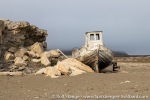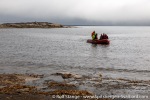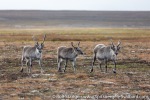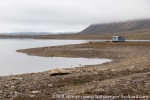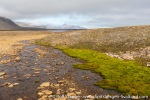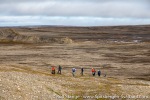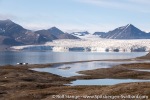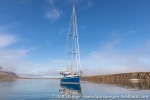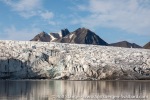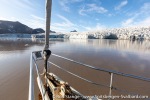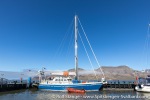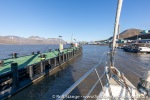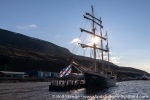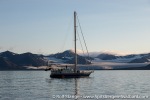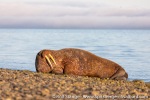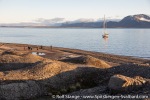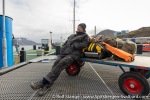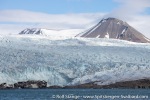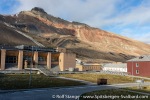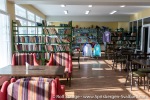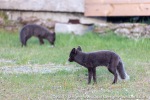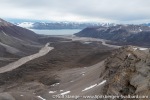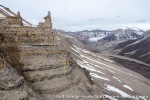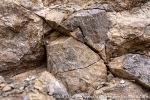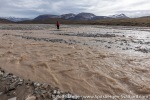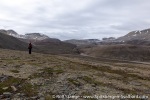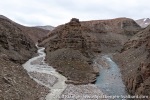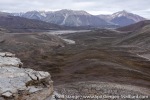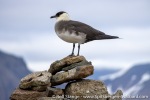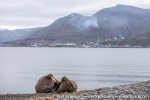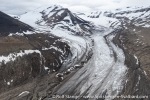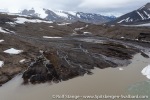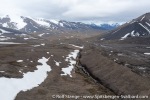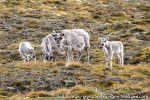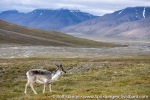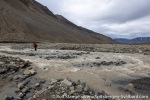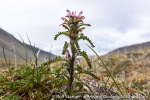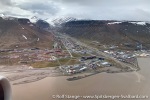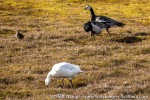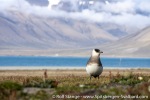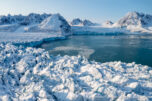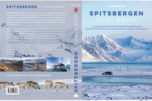-
current
recommendations- Liefdefjord
New page dedicated to one of Spitsbergen's most beautiful fjords. Background information and many photos.
- New Spitsbergen guidebook
The new edition of my Spitsbergen guidebook is out and available now!
- Liefdefjord
New page dedicated to one of Spitsbergen's most beautiful fjords. Background information and many photos.
Page Structure
-
Spitsbergen-News
- Select Month
- May 2025
- April 2025
- March 2025
- February 2025
- January 2025
- December 2024
- November 2024
- October 2024
- September 2024
- August 2024
- July 2024
- June 2024
- May 2024
- April 2024
- March 2024
- February 2024
- January 2024
- December 2023
- November 2023
- October 2023
- September 2023
- August 2023
- July 2023
- June 2023
- May 2023
- April 2023
- March 2023
- February 2023
- January 2023
- December 2022
- November 2022
- October 2022
- September 2022
- August 2022
- July 2022
- June 2022
- May 2022
- April 2022
- March 2022
- February 2022
- January 2022
- December 2021
- November 2021
- October 2021
- September 2021
- August 2021
- July 2021
- June 2021
- May 2021
- April 2021
- March 2021
- February 2021
- January 2021
- December 2020
- November 2020
- October 2020
- September 2020
- August 2020
- July 2020
- June 2020
- May 2020
- April 2020
- March 2020
- February 2020
- January 2020
- December 2019
- November 2019
- October 2019
- September 2019
- August 2019
- July 2019
- June 2019
- May 2019
- April 2019
- March 2019
- February 2019
- January 2019
- December 2018
- November 2018
- October 2018
- September 2018
- August 2018
- July 2018
- June 2018
- May 2018
- April 2018
- March 2018
- February 2018
- January 2018
- December 2017
- November 2017
- October 2017
- September 2017
- August 2017
- July 2017
- June 2017
- May 2017
- April 2017
- March 2017
- February 2017
- January 2017
- December 2016
- November 2016
- October 2016
- September 2016
- August 2016
- July 2016
- June 2016
- May 2016
- April 2016
- March 2016
- February 2016
- January 2016
- December 2015
- November 2015
- October 2015
- September 2015
- August 2015
- July 2015
- June 2015
- May 2015
- April 2015
- March 2015
- February 2015
- January 2015
- December 2014
- November 2014
- October 2014
- September 2014
- August 2014
- July 2014
- June 2014
- May 2014
- April 2014
- March 2014
- February 2014
- January 2014
- December 2013
- November 2013
- October 2013
- September 2013
- August 2013
- July 2013
- June 2013
- May 2013
- April 2013
- March 2013
- February 2013
- January 2013
- December 2012
- November 2012
- October 2012
- September 2012
- August 2012
- July 2012
- June 2012
- May 2012
- April 2012
- March 2012
- February 2012
- January 2012
- December 2011
- November 2011
- October 2011
- September 2011
- August 2011
- May 2011
- April 2011
- March 2011
- February 2011
- January 2011
- December 2010
- November 2010
- September 2010
- August 2010
- July 2010
- June 2010
- May 2010
- April 2010
- March 2010
- February 2010
- November 2009
- October 2009
- August 2009
- July 2009
- June 2009
- May 2009
- April 2009
- March 2009
- February 2009
- January 2009
- December 2008
- November 2008
- October 2008
- August 2008
- July 2008
- June 2008
- May 2008
- April 2008
- March 2008
- February 2008
- April 2000
- Select Month
-
weather information
-
Newsletter

| Guidebook: Spitsbergen-Svalbard |
Home →
Yearly Archives: 2021 − Travelblog
Engelskbukta, Ny-Ålesund – 11th August 2021
Wed
11 Aug
2021
Today’s weather is a bit grey. We started the day with a tundra walk in Engelskbukta.
Flowers, some graves and a blubber oven from the days of the early whalers.
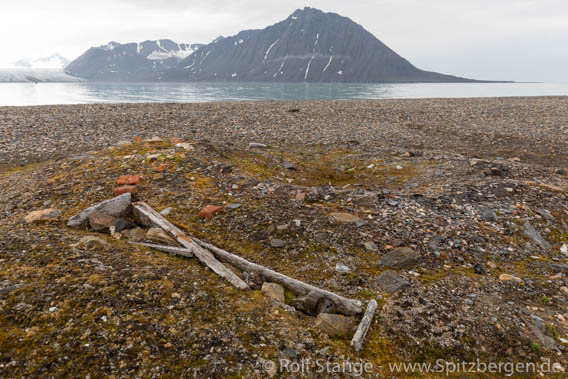
Later, we visit Ny-Ålesund, Spitsbergen’s northernmost settlement with everything that beongs to it: old stories and modern science, Kongsfjordbutikken and coal ming, polar history and a guided city walk.
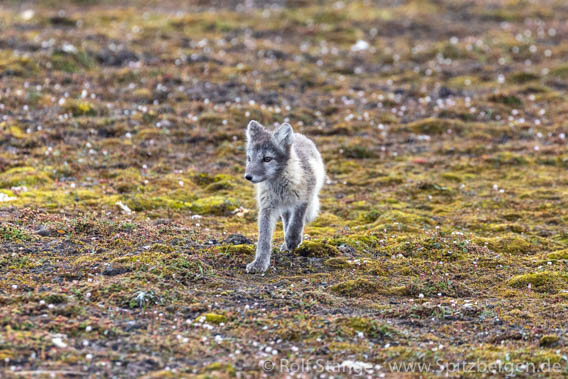
Kongsfjord is grey and will remain so the next couple of days, so we leave and head north before we get the northerly wind that the forecast indicates.
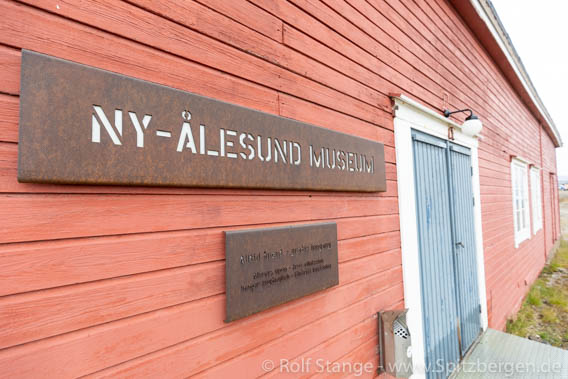
St. Jonsfjord – 10th August 2021
Tue
10 Aug
2021
Forlandsund turned out to be foggy and a bit windy today, so we decided to have a look at St. Jonsfjord. Talk about right place and right time! Full sunshine on the beautiful glacier scenery in the inner part of the fjord. Many bergy bits on the water from the 2 pretty active glaciers in the area. One of them is currently advancing; the position that we had reached in 2019 is covered by the glacier now. The other, neighbouring one is, however, retreating, as most of Spitsbergen’s glaciers these days.
We marvelled at this stunning scenery from all perspectives we could think of: from a perfectly placed mountain ridge, from sea level and from a little island that has only very recently emerged from the glacier. Bet not too many people had been there before us!
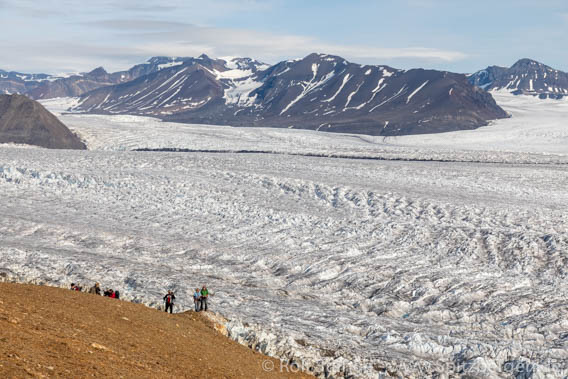

Forlandsund – 09th August 2021
Mon
9 Aug
2021
It is still Monday, 09 August, and the day is not over yet. After a short stretch with fog and swell, Forlandsund welcomes us with sunshine and dozens of fin whales!
Later in the evening, at Prins Karls Forland, the fog has caught up again with us. Nevertheless, we take the opportunity for a late evening meeting with a herd of walrus.

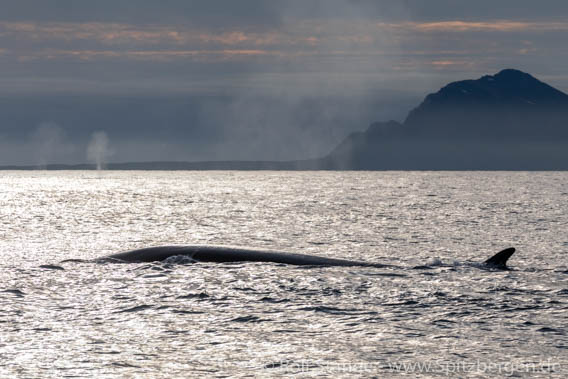
Erdmannflya, Ymerbukta – 09th August 2021
Mon
9 Aug
2021
The sun was hiding behind a low cloud layer, but calm weather and good visibility tempted us to hike across Erdmannflya, a wide tundra plain with many reindeer, various birds, lakes, wetlands and low rocky ridges with lovely views. The crossing took a large part of the day and was completed with close-up views of Esmarkbreen from the ship. Now everything around us has disappeared in the fog as we leave Isfjord. Soon we will turn northwards.
- gallery anchor link: #gallery_1985
Click on thumbnail to open an enlarged version of the specific photo.
Longyearbyen – 08th August 2021
Sun
8 Aug
2021
Finally, after almost 2 years, we can set sail again in Spitsbergen! We can hardly believe it, but we are moving, skipper Heinrich, my colleague Helga and nine who are keen to see a lot of Spitsbergen the upcoming 18 days.
The first evening brings a walk in Borebukta on the north side of Isfjord, a walrus and great views over wide tundra areas in the golden light of the midnight sun.
- gallery anchor link: #gallery_1982
Click on thumbnail to open an enlarged version of the specific photo.
Pyramiden and Dickson Land. And SV Antigua is back in Spitsbergen!
Thu
5 Aug
2021
As I mentioned recently – we spend a lot of time outside, and there is always something to do in Longyearbyen. So the laptop is closed most of the time, writing is not the main thing here and now. But the hiking boots are sometimes steaming, and at other times the outboard engine of our little Zodiac and at yet other times the camera. And that is how it should be.
SV Antigua finally back in Spitsbergen
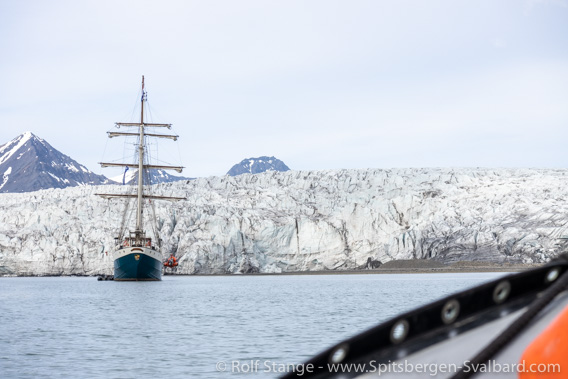
Antigua in Ymerbukta.
We went out there for a lovely rendezvous.
Good old Antigua is back in Spitsbergen! Great! We went by Zodiac to Ymerbukta to meet the good ship and her crew there, where the ship was anchored for a rest after the crossing. It was good to see Captain Mario and the crew again! We took the opportunity together to take a detour into Colesbukta on the way to Longyearbyen, where the crew is now getting the ship ready for the first departure next week. I am looking forward to join them in late August. First, I’ll be out with SY Arctica II soon.
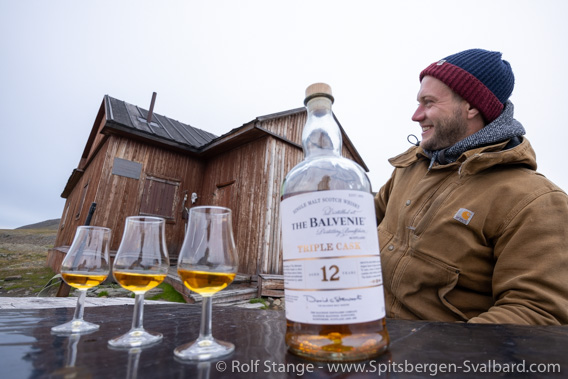
With Mario, Captain on SV Antigua, in Colesbukta, celebrating the occasion.
Pyramiden and Dickson Land
Now it has already been a while since we spent some days in and around Pyramiden in July. We went to look for – and found – a fossilised forest, which was covered with mud by a flood in a fluvial plain almost 400 million years ago. Most of the trees (sigillaria) just kept standing as they had been growing, and the still stand the day today. We had seen another part of this forest last year; fluvial erosion keeps bringing other parts to the light of day for a geological split-second, before they disappear and get lost forever. If you happen to be in the area during this geological moment, then you just have to take the opportunity.
And anyway, Dickson Land is just one of Spitsbergen’s most beautiful areas, if you ask me.
Gallery – In and around Pyramiden
- gallery anchor link: #gallery_1976
Click on thumbnail to open an enlarged version of the specific photo.
In Martin Conway’s footsteps in Bolterdalen
Wed
28 Jul
2021
The Arctic! Spitsbergen! Nature! Being out there! Fantastic …
That the summary 🙂 and that is what it is all about here these days, in and around Longyearbyen. I have spent already far too much time on the computer this year, that has to wait now. Otherwise I could already have written a lot here on my arctic travel blog.
But today is a day of rest, time to catch up a bit.
The presentation series “Arctic Wednesday” was a good opportunity to dig deeper in stories and subjects that are important to me, and the best thing is, of course, to do that in situ. Who remembers my presentation about Martin Conway’s first crossing of Spitsbergen in 1896? (That was online last April, in German).
Now we were following Conway’s footprints at least for a short bit of is path. Conway and his companion Garwood wanted to find a way from Adventdalen to Van Mijenfjord in the south. Due to a lack of geographic information (this lack of knowledge was their reason to get out in the first place, obviously), they started on a route that appears rather absurd today. The whole thing ended up as an impressive forced march until they had found what they were looking for and made it back to their camp in Adventdalen.
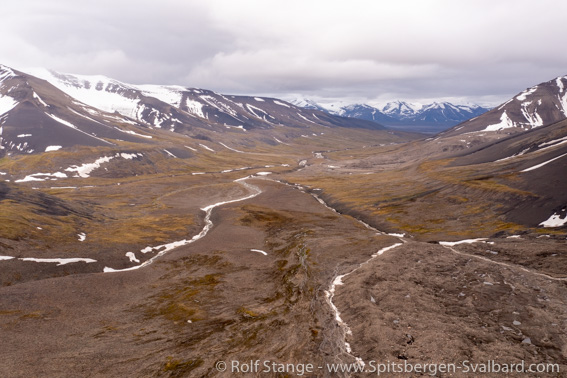
Conway and Garwood followed this valley in 1896 to the end, where we can see Reindalen. Hence, they had found a route from Adventdalen to Van Mijenfjord.
We didn’t do a forced march of 40 kilometres, but nevertheless, Bolterdalen has all the pleasures of arctic terrain that one needs for a day of fun: wet tundra for kilometres on end, river crossings and wide, rocky moraine landscape. That’s the Arctic!
The reward comes in shape of a lot of arctic nature, with a colourful flora, curious reindeer – many of them with calves – and petrified wood from the Tertiary.
After our hike, we got back into the car and drove back to Longyearbyen. Conway, in contrast, got back to his camp in pouring rain. One of his two ponies had run away from there and all the way back to Advent Point (today: Adventpynten, near the airport). The poor bear was already tired of the endless snow bogs. One of Conway’s men had to walk all the way back to get the poor animal. Since then, the valley has got its name: Bolter Valley, today Bolterdalen.
Gallery – Bolterdalen
Here a couple of impressions of our day in Bolterdalen, actually starting near Longyearbyen:
- gallery anchor link: #gallery_1973
Click on thumbnail to open an enlarged version of the specific photo.
Finally … Spitsbergen!
Mon
12 Jul
2021
Finally – Spitsbergen! That has been a long, long dry spell … but now we are back in Longyearbyen, keen and full of ideas and plans. Let’s see what the next weeks and months will bring.
If you want to fly anywhere from Oslo, make sure you have got enought time in Oslo Gardermoen. The queues can really be very long, and it is not a very efficient process.
And you should also plan some extra time when you go into Svalbardbutikken, Longyearbyen’s supermarket. It is kind of twice the size it used to be. But not everything is perfect (yet) …

A corner in Svalbardbutikken, Longyearbyen’s refurbished supermarket.
$64-question for Spitsbergen-nerds: what’s wrong here? 🙂
Some first little impressions from Oslo and Longyearbyen:
Finally – Spitsbergen! Ein paar erste, kleine Eindrücke, Longyearbyen und nähere Umgebung
- gallery anchor link: #gallery_1970
Click on thumbnail to open an enlarged version of the specific photo.
With SV Antigua to the ice in Spitsbergen … or not
Sunday, 30 May 2021, early afternoon – about 30 arctic travellers would now board SV Antigua in the port of Longyearbyen and meet the crew and each other.
Not so today, for reasons that are not a secret. The trip does not happen for the second time in a row, just as our longer voyage in late June/July.
Nobody will ever know what we are now missing. That is the beauty of these trips: every trip is like the first one (well, almost), and even those who have been around for some time in Spitsbergen don’t know what exactly will happen. Any trip will bring experiences that will surprise everybody. You can never know where you will end up, what the weather will be like and where you happen to see the various sorts of wildlife.
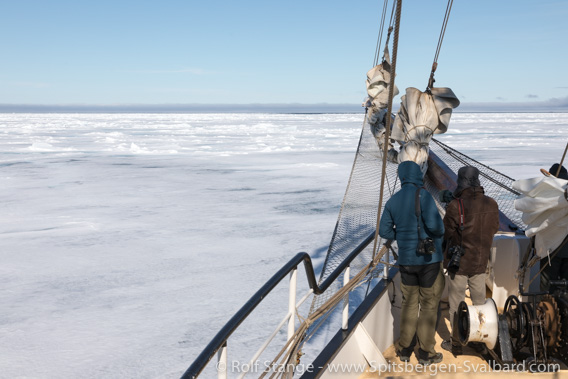
With Antigua at the ice edge in Smeerenburgfjord, early June 2019.
It is nothing we could catch up with later. Next year will be a new year, also 2022 will be only 12 months long and it will bring whatever it will bring, regardless of what we may have missed in 2021.
Just for fun, we can do what we always do before any trip and have a look at the ice chart and weather forecast. As you can see, the north coast of Spitsbergen is locked in behind dense drift ice. In Storfjord, on the southeast side of Spitsbergen, there are, in contrast, some wide fields of more open drift ice. It would have been an interesting idea to set course for south and southeast Spitsbergen rather than to the north, where you currently have open water and the suddenly meet with an impenetrable ice edge. Spitsbergen’s southern fjords are beautiful and the ice in the southeast is tempting. It is amazing to be on a sailing ship and have ice floes in all directions around you.
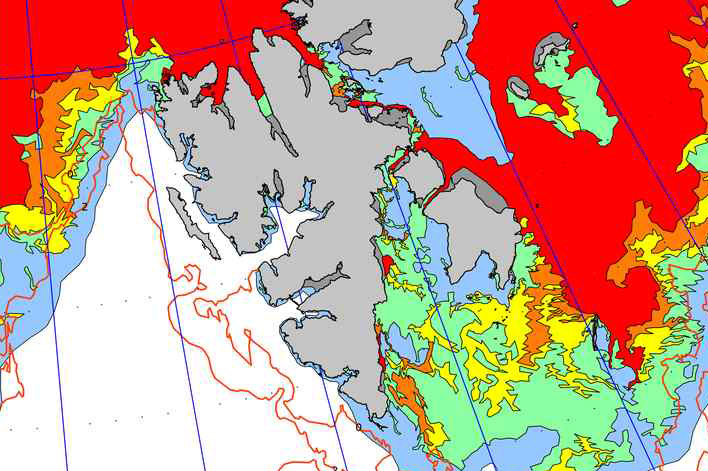
Ice chart of Svalbard. I’d love to see that on location
(Ice chart © Norwegian Meteorological Institute).
The weather is, of course, another important factor. It would not have been a full week of blue skies and bright sunshine, but a week of normal arctic late spring/early summer weather, with a bit of everything from blue to grey skies and anything that comes with it. The forecast is anything but reliable. If you want to know what it’s like in Smeerenburgfjord or Hornsund on Wednesday, then you have to be in Smeerenburgfjord or Hornsund on Wednesday. As simple as that.
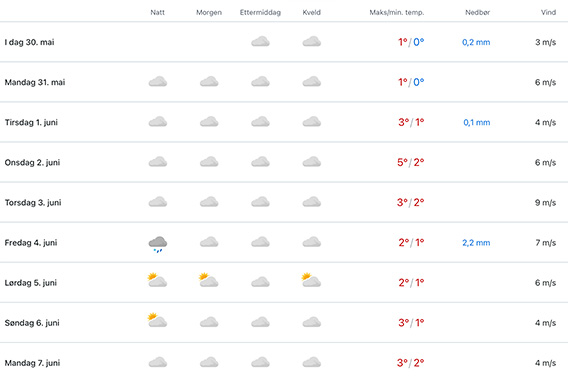
Weather forecast for Hornsund. These forecasts are anything but reliable, but nevertheless an important planning tool (© yr.no).
Sadly, we will not find out. About 40 people (including crew and guides) will miss an experience of a lifetime. Plus, there is the economical aspect for the ship owner, the Tallship Company, the tour operator, die Geographische Reisegesellschaft, and those who are working on the ship. I hope they (this includes me) get well through this period and towards better times.
We’ve still got some hope for the trips later this summer. If you want to travel anyway, and certainly if you want to travel on a small ship in a remote area: make sure, if you can, to get that vaccine in time. And then: fingers crossed.
News-Listing live generated at 2025/May/09 at 18:59:33 Uhr (GMT+1)
